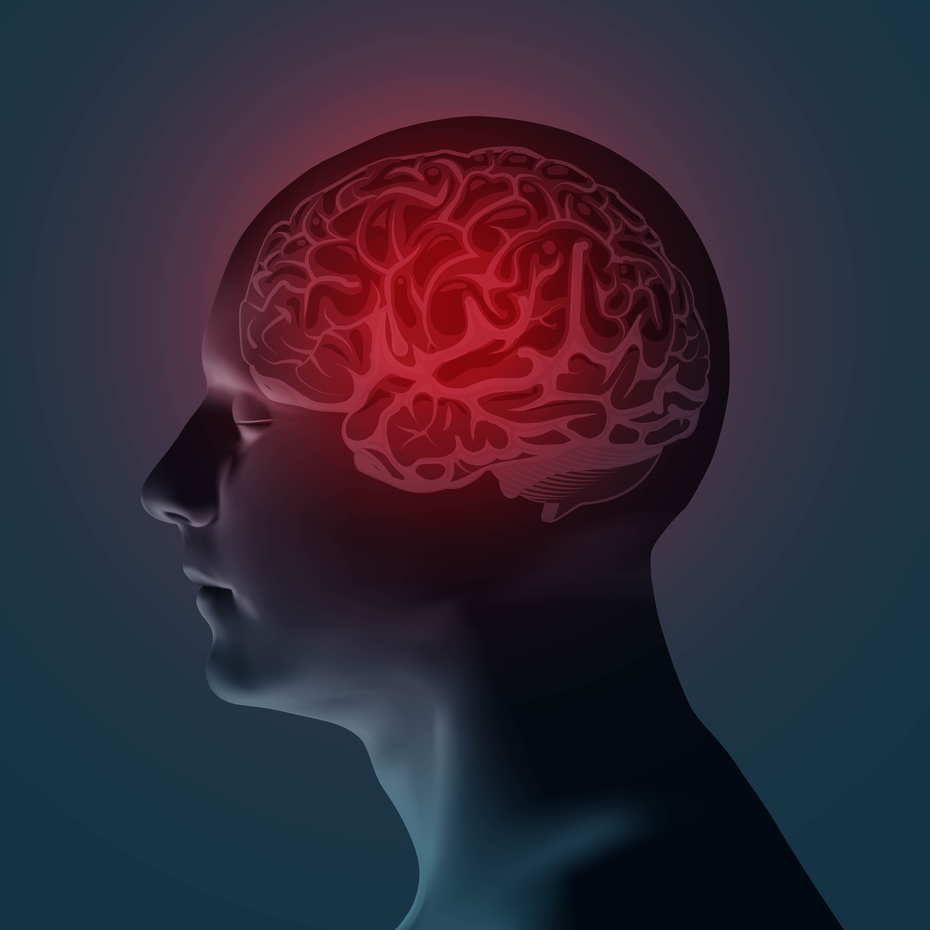Article
Study: Controlling TD in Mood Disorder Requires Long-Term Valbenazine Therapy
Author(s):
After the 4-week washout phase, scores indicated re-emergence of TD.

The initial, placebo-controlled phase of the randomized KINECT 3 trial evaluated the efficacy of 6 weeks of treatment with valbenazine (Ingrezza), 40 mg or 80 mg once daily, in 205 patients with tardive dyskinesia (TD) and schizophrenia/schizoaffective disorder or mood disorder (77 patients).
A team led by Christoph Correll, MD, PhD (pictured), professor of psychiatry and molecular medicine at Hofstra Northwell School of Medicine in Hempstead, New York, reported efficacy results the 42-week extension of KINECT 3 in the subgroup of patients with mood disorder, which included 73 patients. The analyses were done in the intent-to-treat population, or all study participants who received study treatment and had at least 1 post-baseline Abnormal Involuntary Movement Scale (AIMS) assessment.
“In recent years, antipsychotics are being used in more patients with mood disorders than those with schizophrenia-spectrum disorders, putting them at potential risk for TD,” Correll told MD Magazine.
After the initial phase of KINECT 3, those who received placebo during the first 6 weeks of the study were re-randomized in a blinded fashion to receive either valbenazine (80 mg) or valbenazine (40 mg) during the extension phase. Those who received active treatment during the initial phase continued to receive the same dose of valbenazine during the extension phase.
At the end of the extension phase, for both doses of valbenazine, the team found that the mean total score on the AIMS continued to improve compared with baseline measures after long-term treatment in the subgroup of KINECT 3 patients with mood disorder.
By the end of the initial, 6-week study, patients taking 80 mg of valbenazine decreased AIMS mean total score by 3.6 points, and 40 mg decreased it by 2.4 points, compared with a 0.7 decrease for placebo.
However, by week 48, the 80 mg group’s AIMS mean total score decreased an additional 2.2 points, or by a total of 5.8 points. After the same length of treatment with 40 mg of valbenazine, this measure decreased by an additional 1.8 points, or by a total of 4.2 points.
Nevertheless, by the end of the 4-week washout phase at week 52, the team found that AIMS mean scores in both dose groups had reverted toward baseline severity levels. They interpreted this finding as an indicator that TD re-emerges after valbenazine therapy ends.
The team found a similar pattern of results in scores on the Clinical Global Impression of Change in TD (CGI-TD) instrument, which measures the degree of TD improvement. The lower the CGI-TD score, the greater the improvement. A CGI-TD score of 1 indicates that the patient is very much improved, and a score of 2 indicates that the patient is much improved.
After the initial 6 weeks of valbenazine, CGI-TD mean score was 2.7 in the 80 mg group, 2.9 in the 40 mg group, and 3.2 in the placebo group. By the end of the extension phase at week 48, CGI-TD mean score was even lower than it was after the initial phase — 2.0 in the 80-mg group, and 2.2 in the 40-mg group. However, 4 weeks later, after the washout phase, this score had increased to 3.6 in the 80 mg group and 2.8 in the 40 mg group.
In the report of their analyses, Correll and team also noted that the improvements in TD produced by once-daily valbenazine appeared similar for the study population as a whole and for the subgroup with mood disorder.
Based on these results and those presented separately for schizophrenic patients and for long-term safety, the team concluded that long-term valbenazine might be beneficial for managing TD regardless of psychiatric diagnosis.
“In this context, results of robust efficacy and good tolerability of valbenazine, a novel VMAT-2 inhibitor, for patients with TD as well as underlying mood disorders indicate that these patients too can benefit from valbenazine,” Correll said.
The study, “Efficacy of valbenazine (NBI-98854) in treating subjects with tardive dyskinesia and mood disorder,” was published online Psychopharmacology Bulletin last month.





